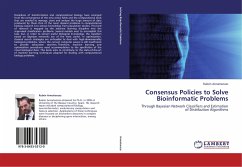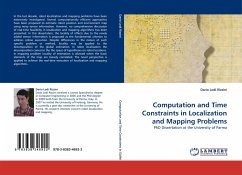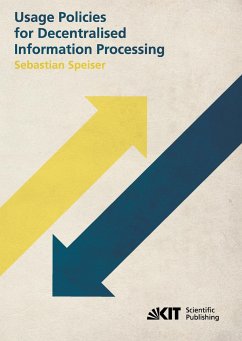
Consensus Policies to Solve Bioinformatic Problems
Through Bayesian Network Classifiers and Estimation of Distribution Algorithms
Versandkostenfrei!
Versandfertig in 6-10 Tagen
52,99 €
inkl. MwSt.

PAYBACK Punkte
26 °P sammeln!
Disciplines of bioinformatics and computational biology have emerged from the convergence of the new omics fields and the computational tools that are needed to manage, store and analyze the huge amount of data produced by them. One of the most classical problems in computational biology research is to extract knowledge from population studies. This kind of research is mapped by the machine learning discipline into the supervised classification problems. Several models exist to accomplish this task, but, in order to extract useful biological knowledge, the classifiers based on Bayesian network...
Disciplines of bioinformatics and computational biology have emerged from the convergence of the new omics fields and the computational tools that are needed to manage, store and analyze the huge amount of data produced by them. One of the most classical problems in computational biology research is to extract knowledge from population studies. This kind of research is mapped by the machine learning discipline into the supervised classification problems. Several models exist to accomplish this task, but, in order to extract useful biological knowledge, the classifiers based on Bayesian networks are of the most useful. In optimization, classical search strategies are unfeasible to deal with high-dimensionality biological problems, where the current computer power is still insufficient to provide exhaustive searches. Therefore, machine learning and optimization procedures need accommodation to the specificities of the novel biological data. This book aims to contribute to the state-of-the-art of machine learning techniques adapted for dealing with computational biology problems.












